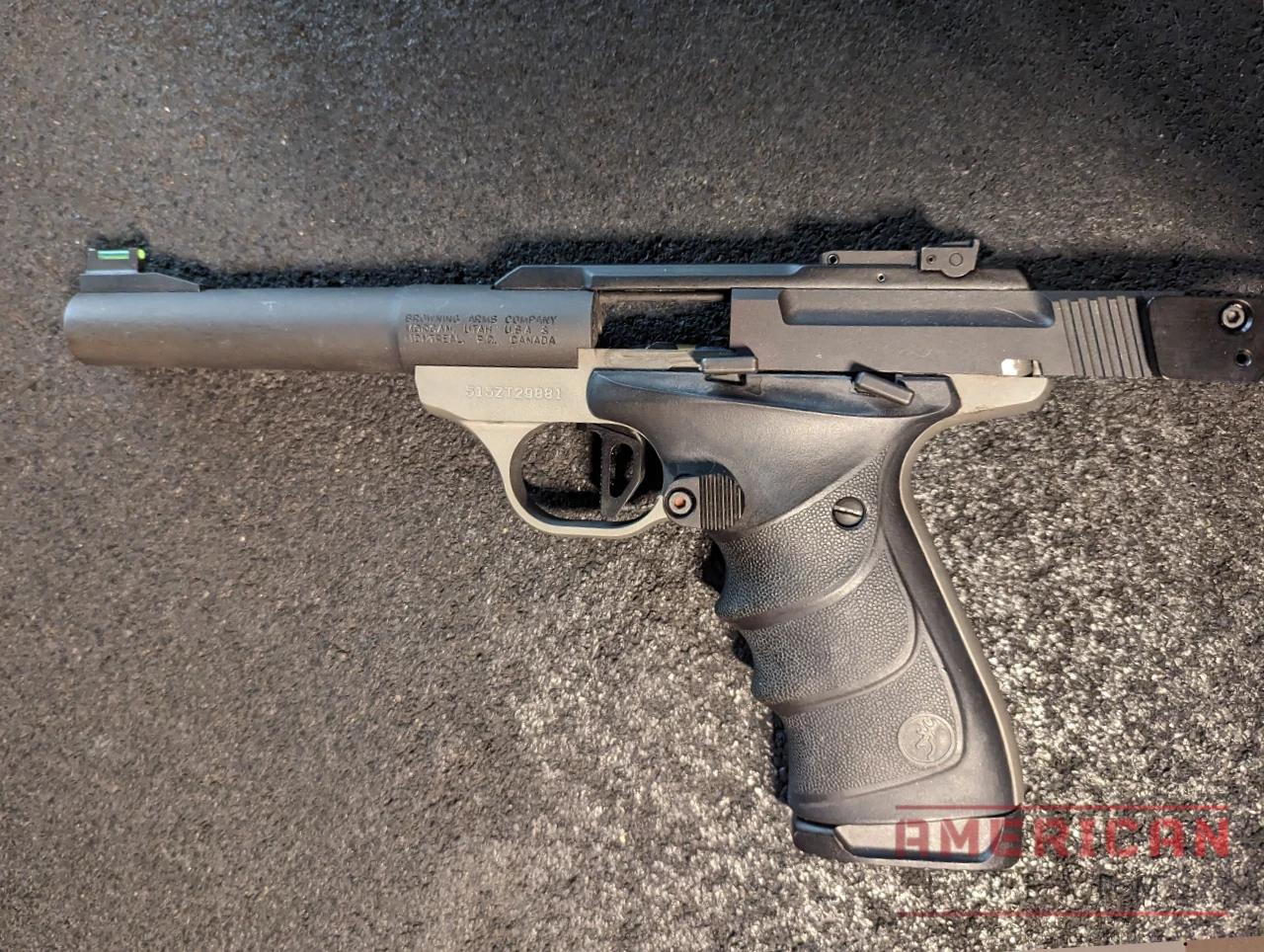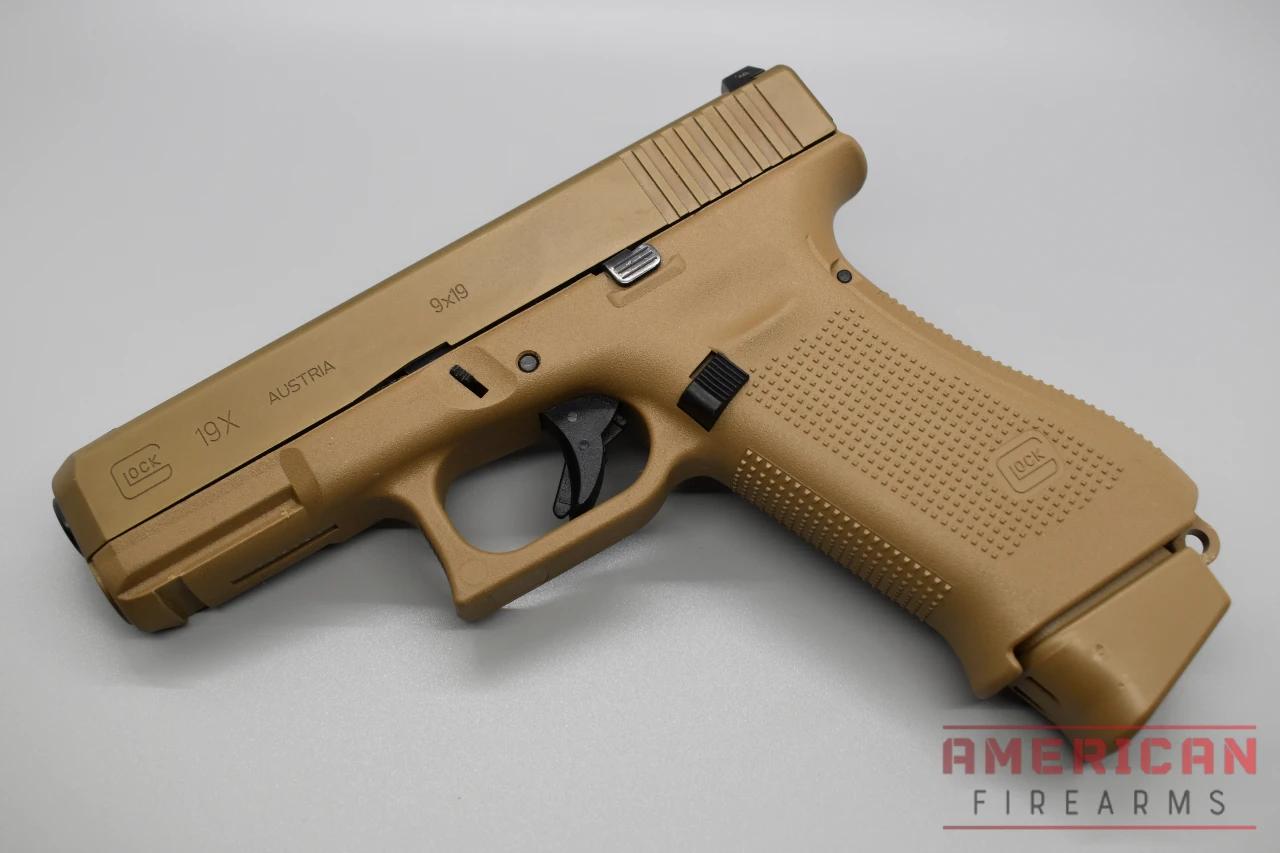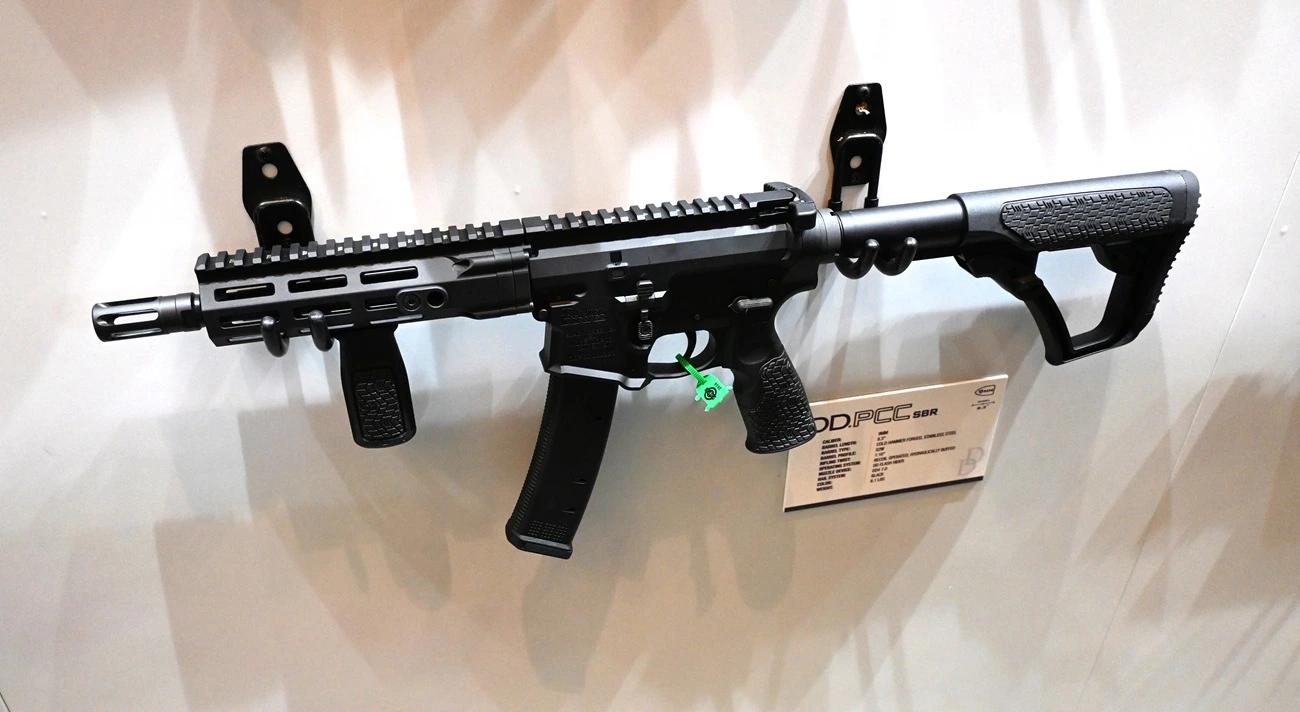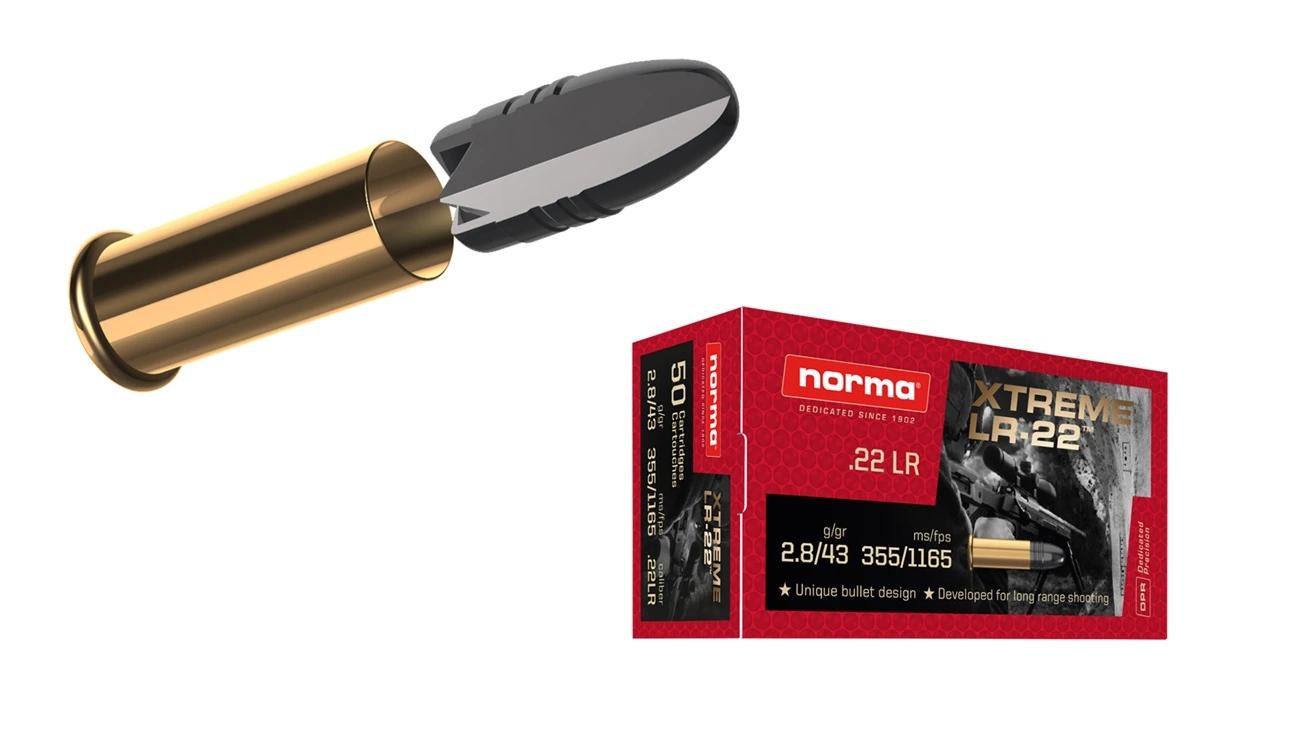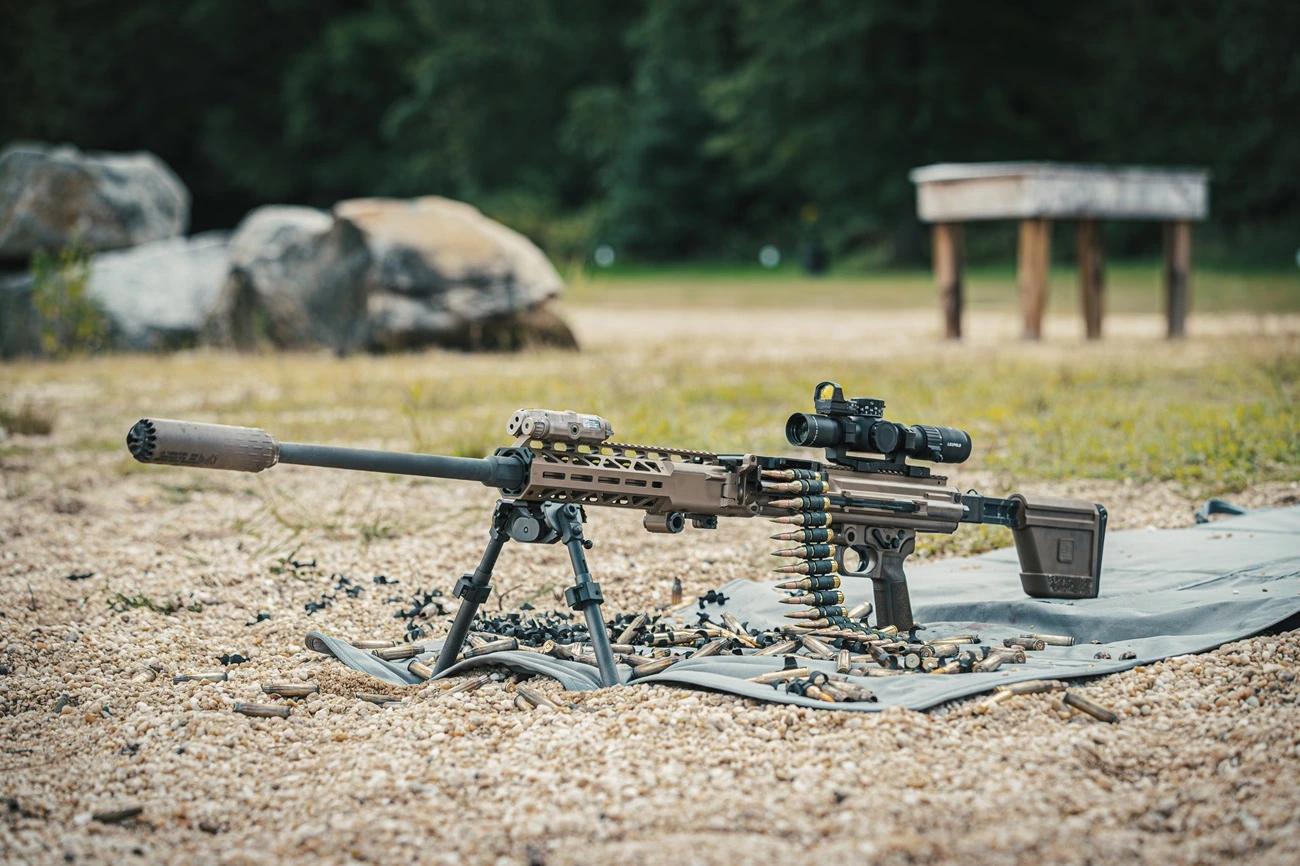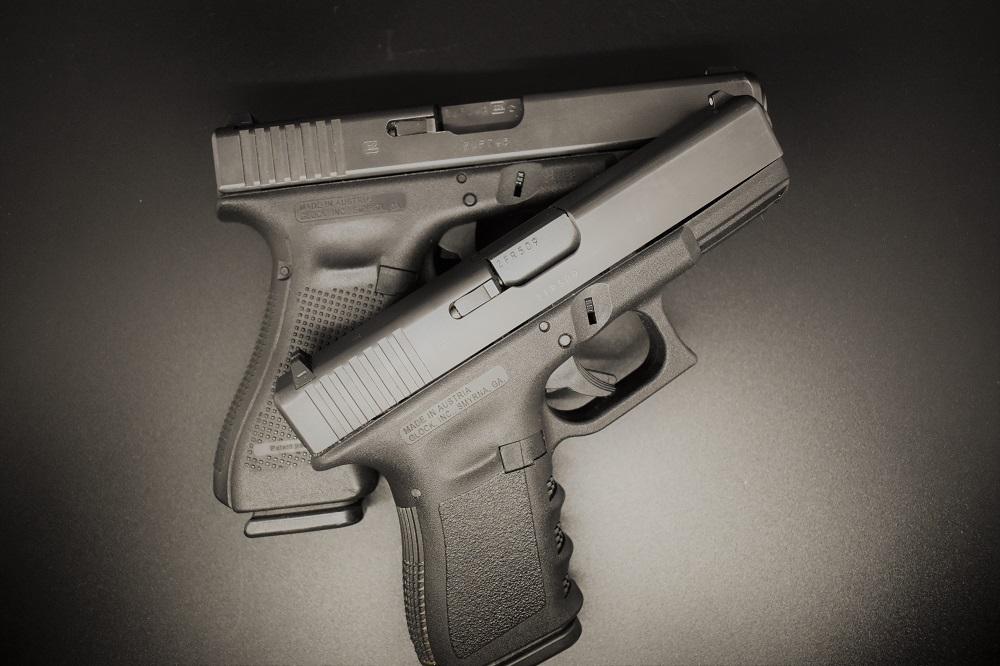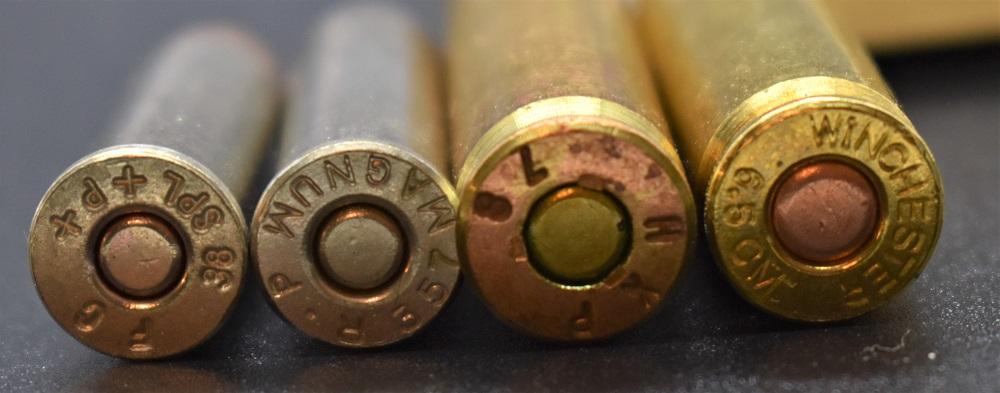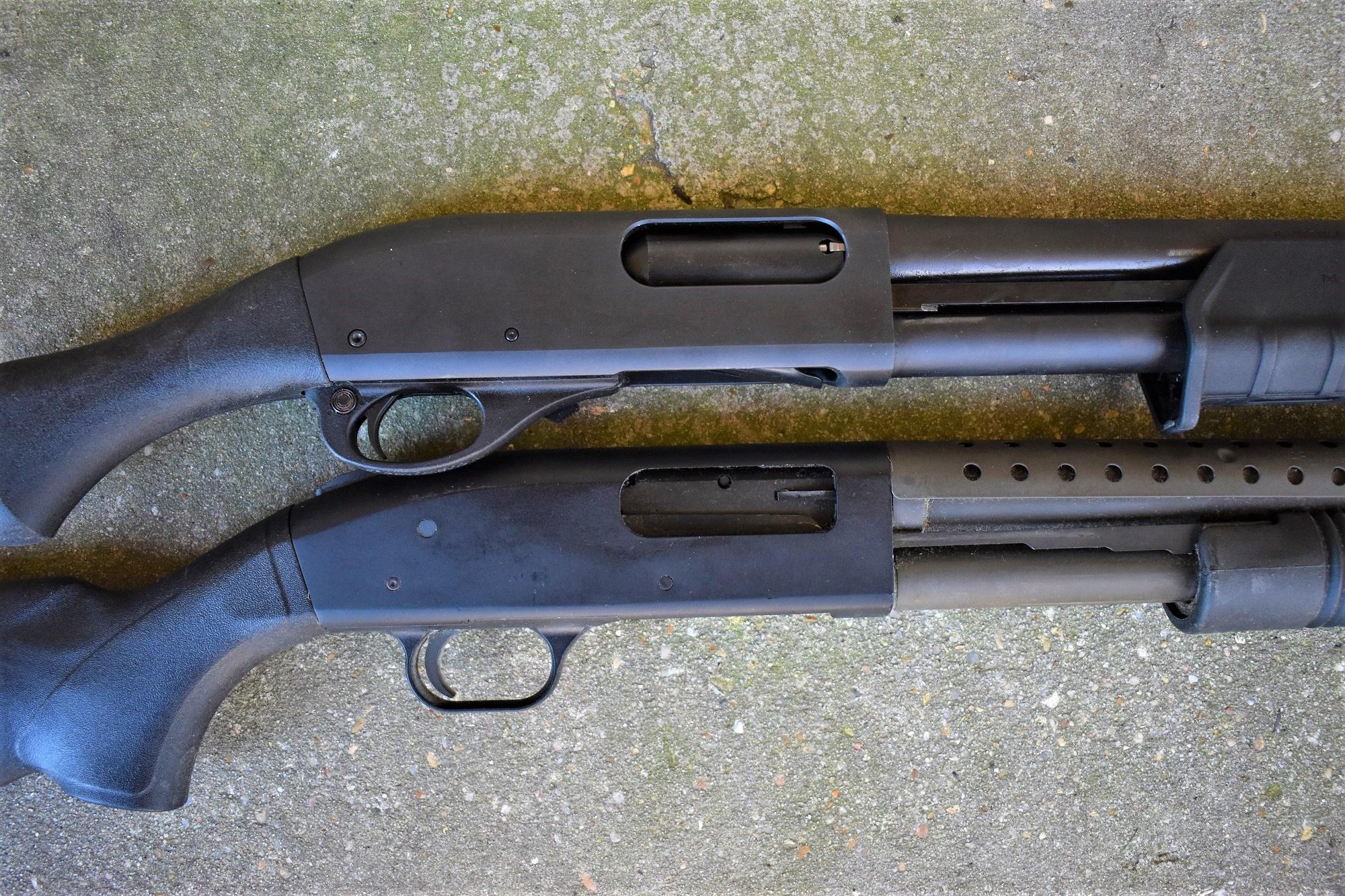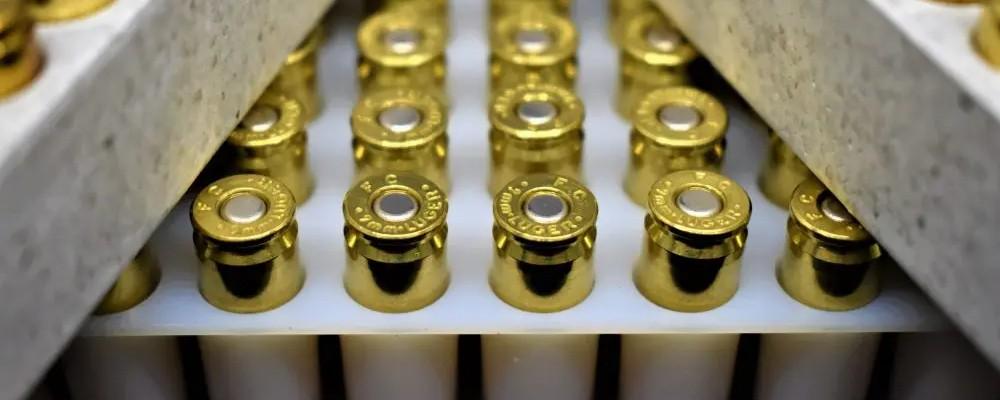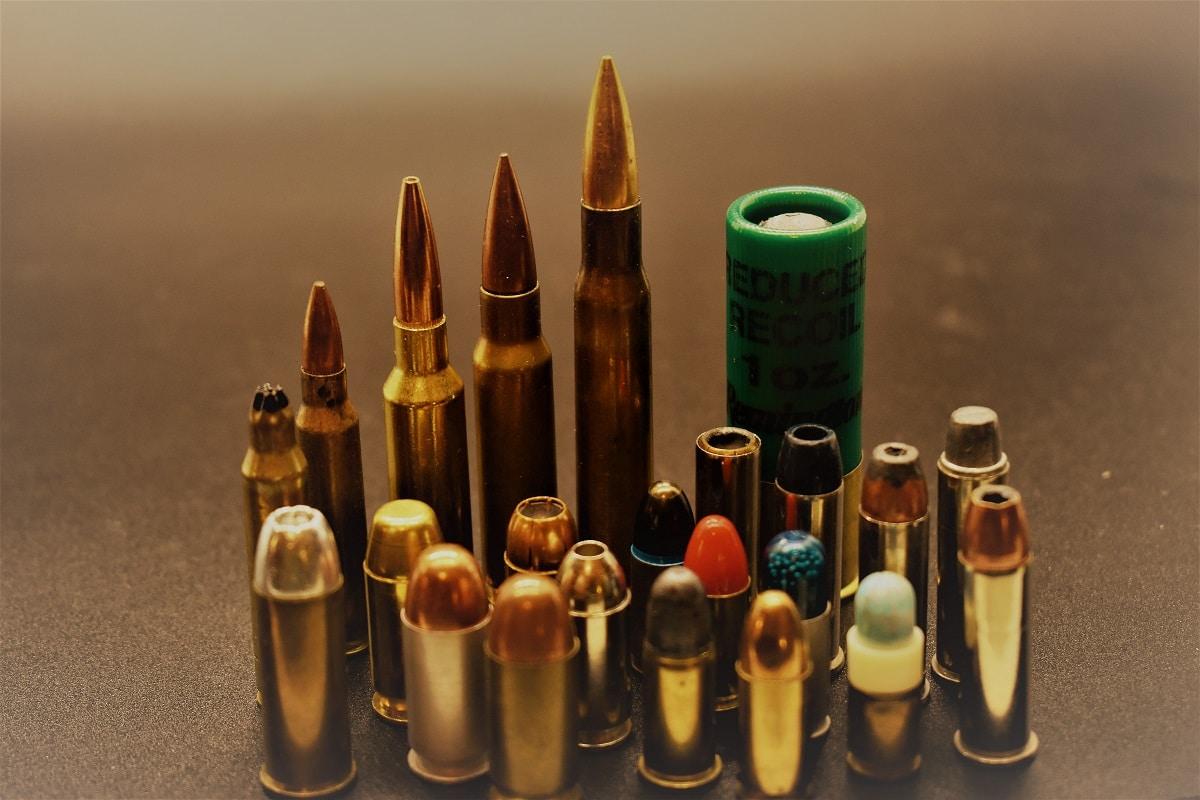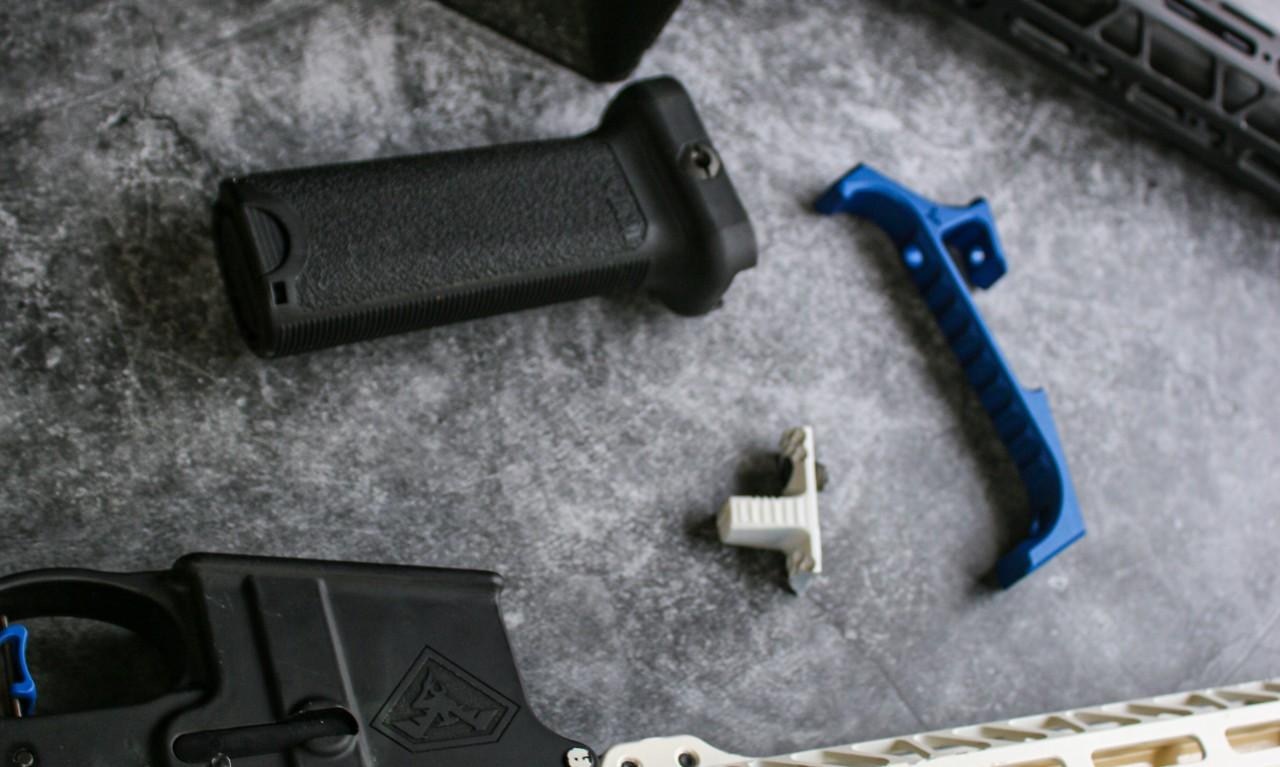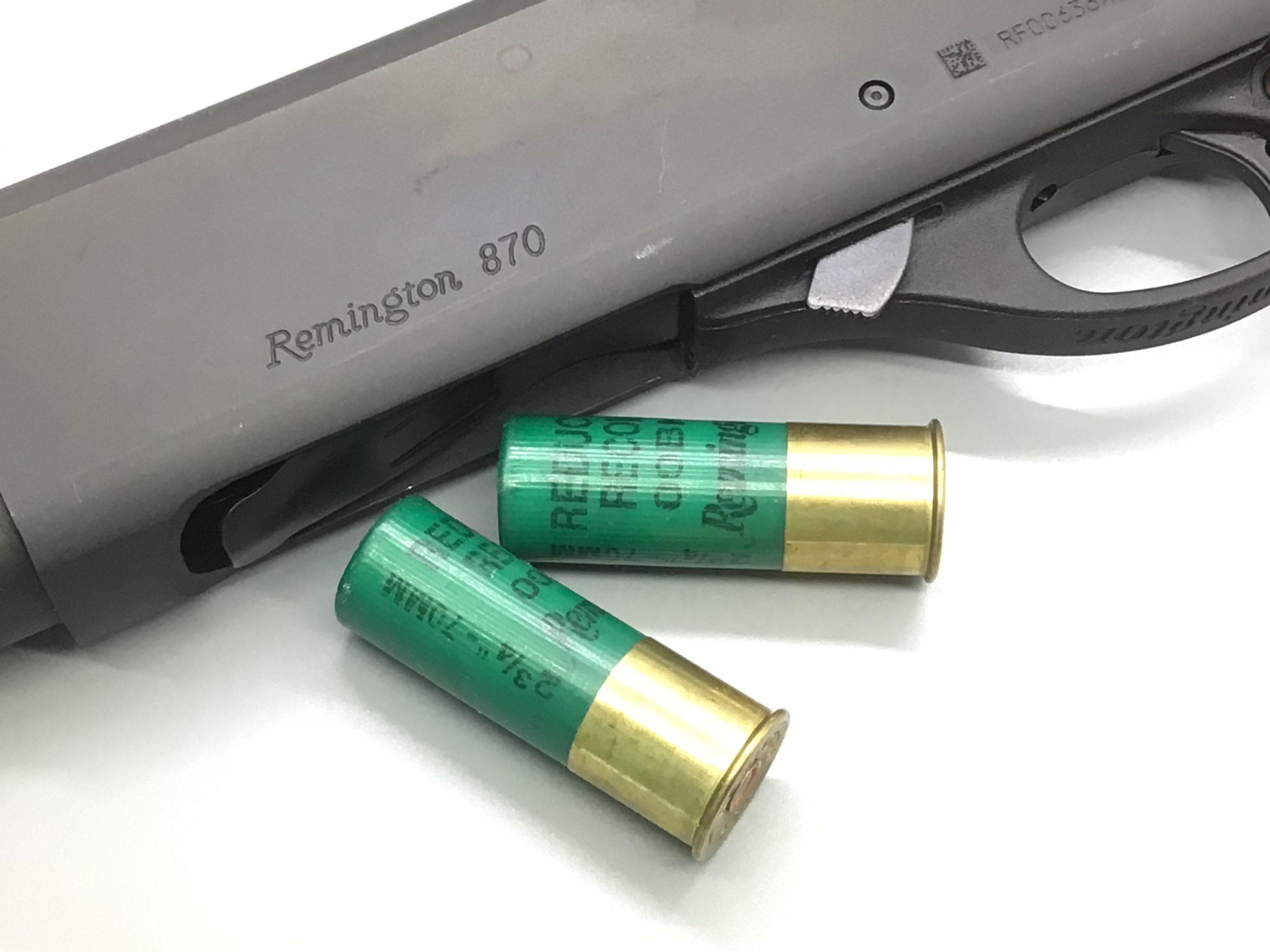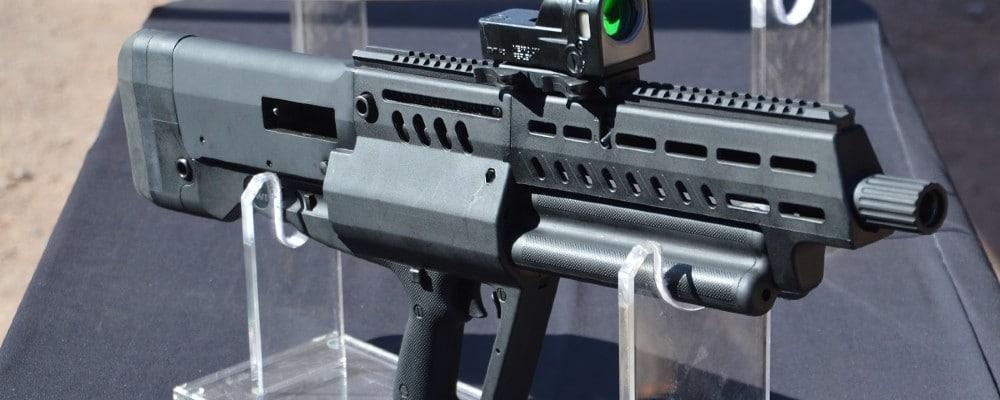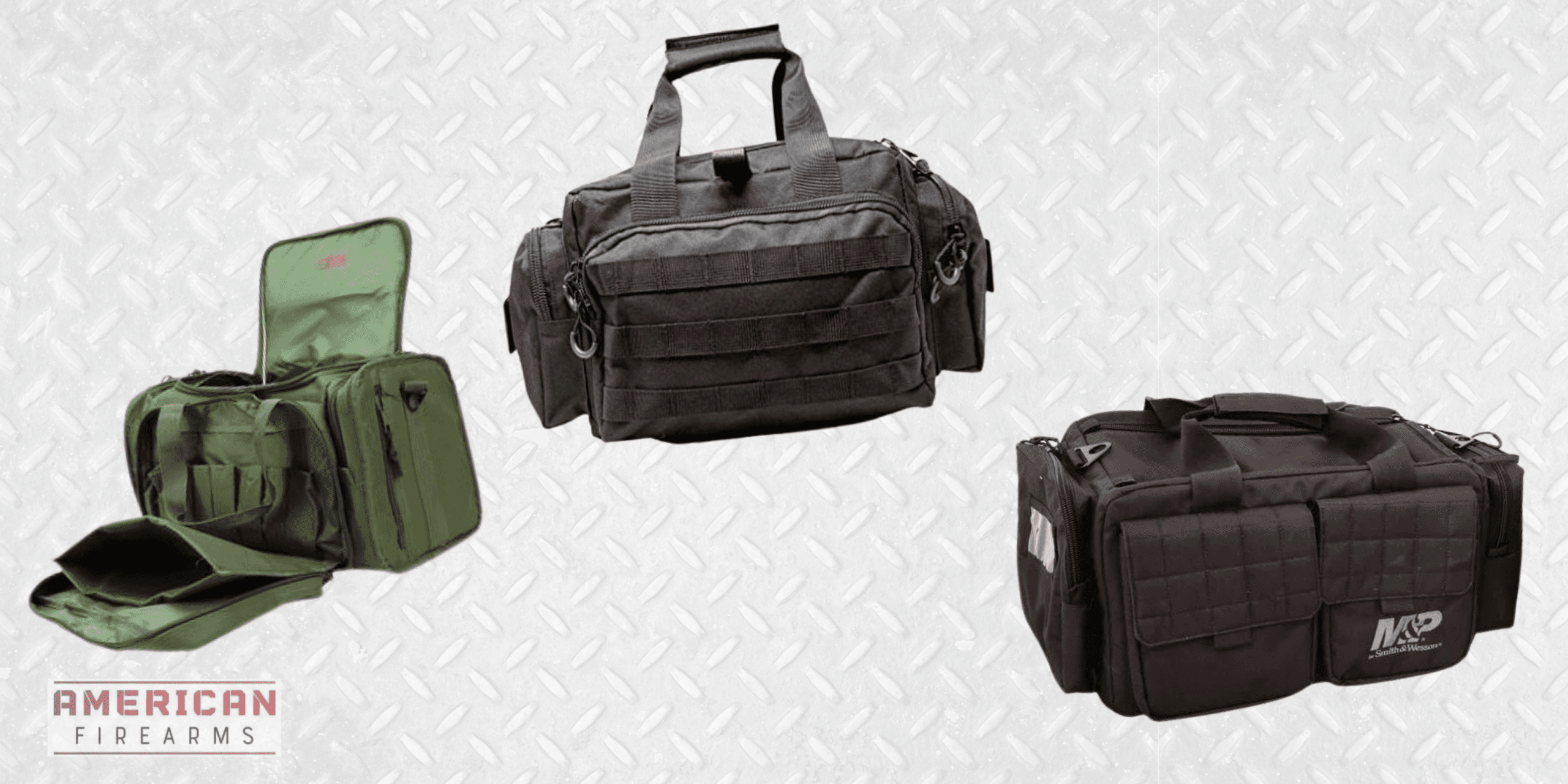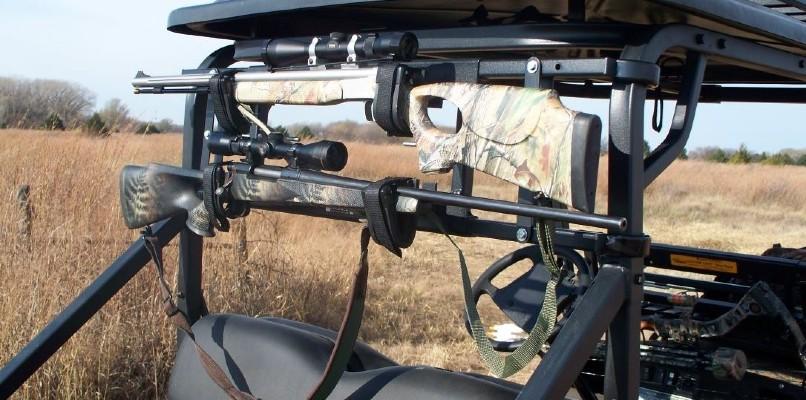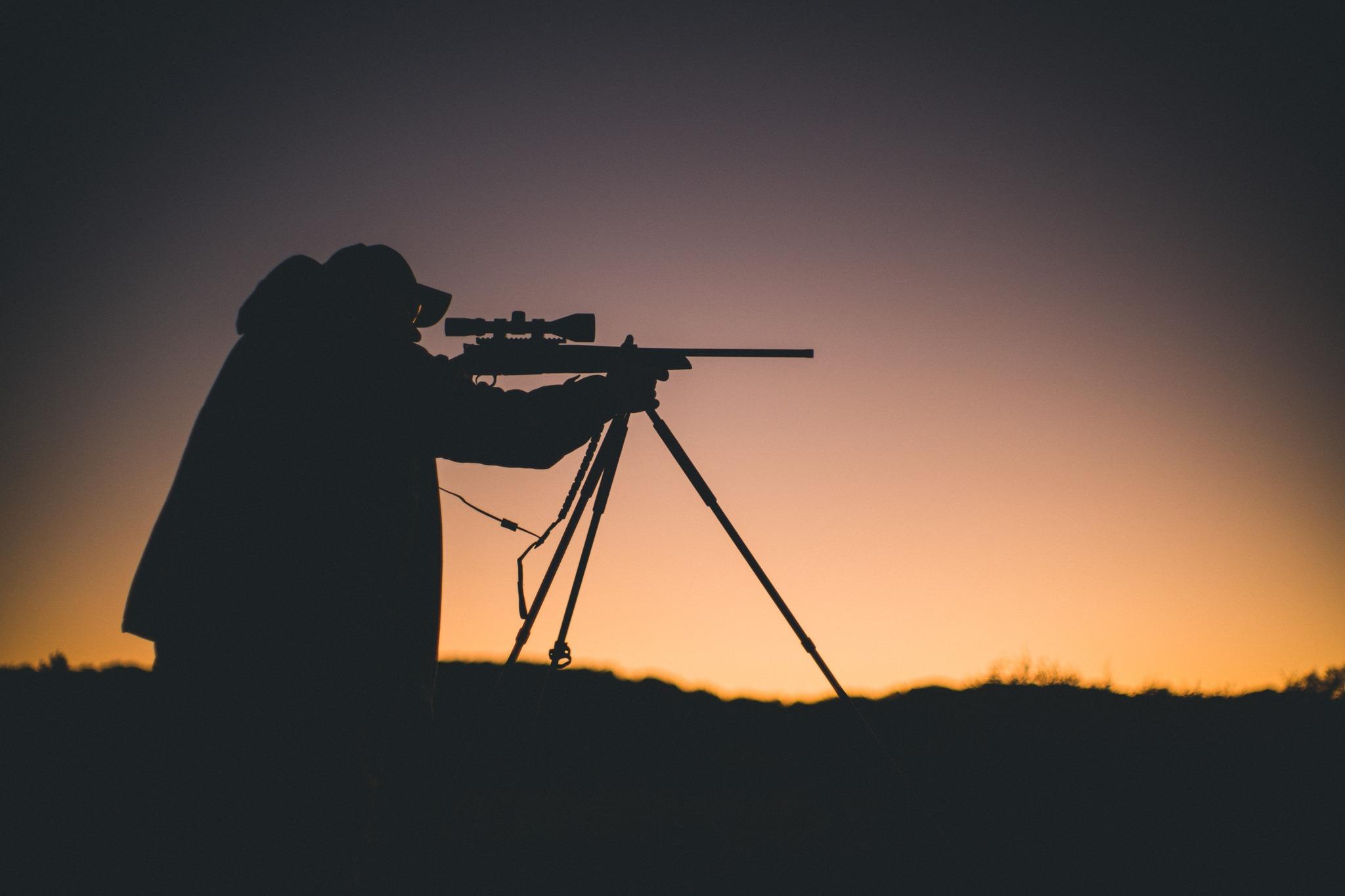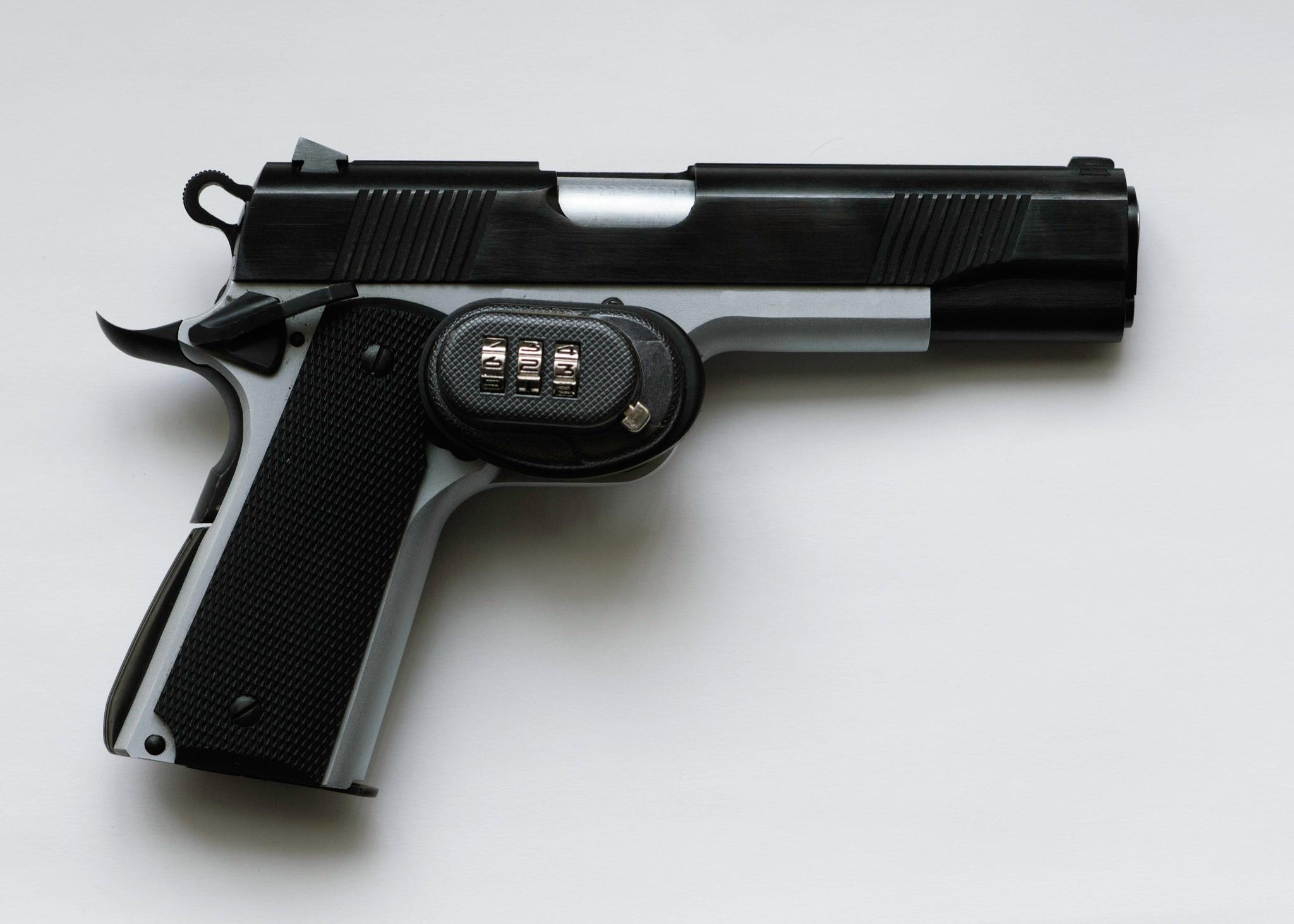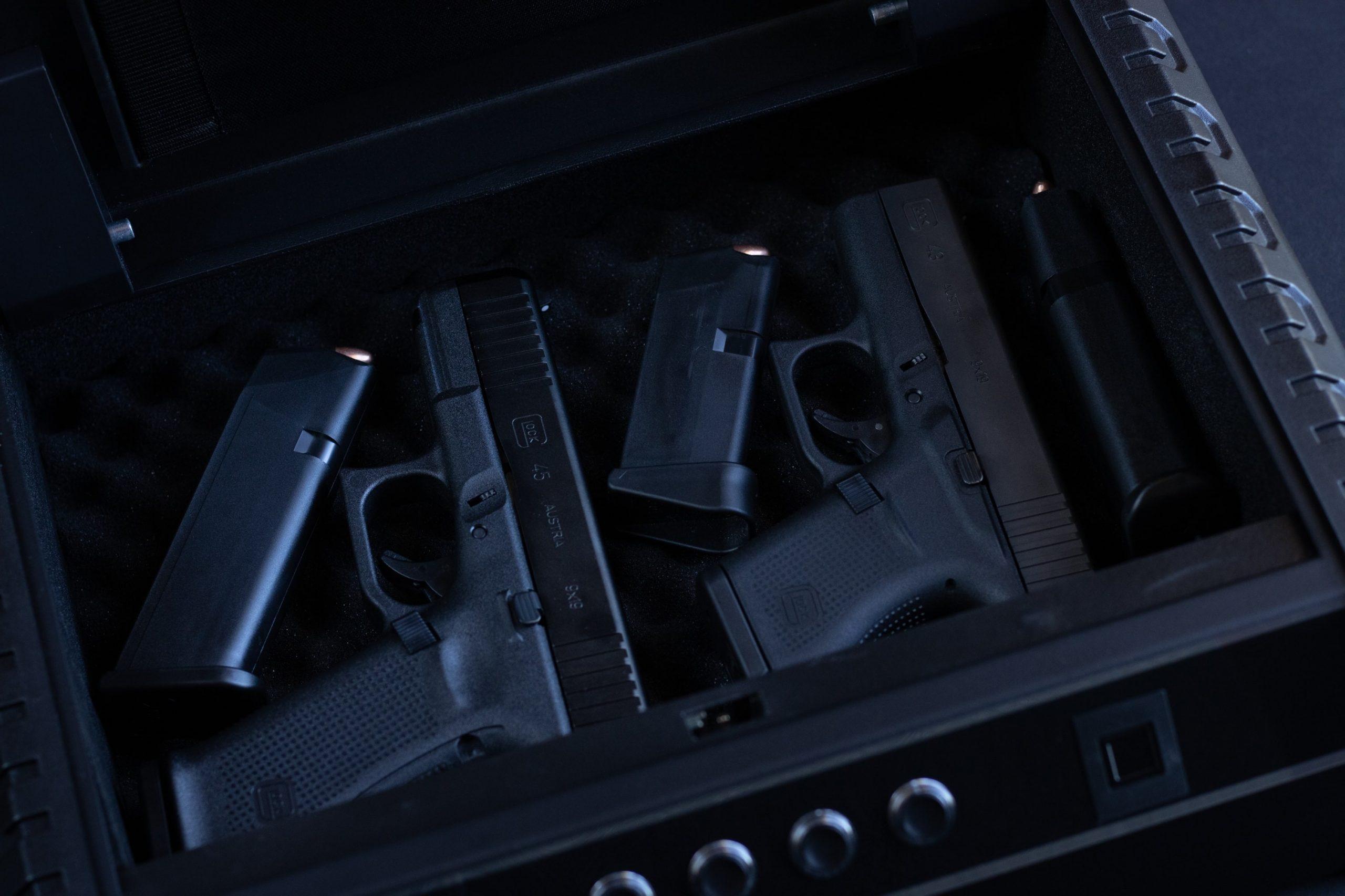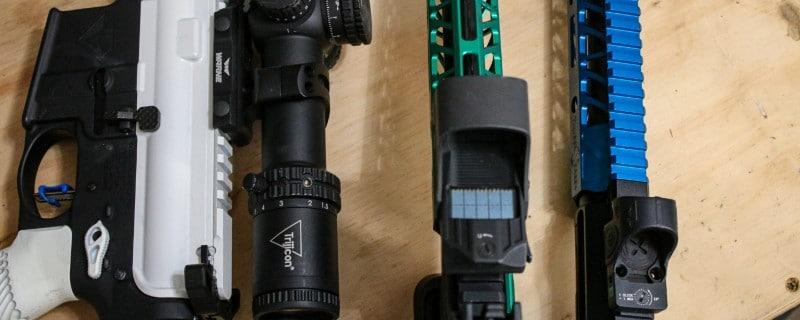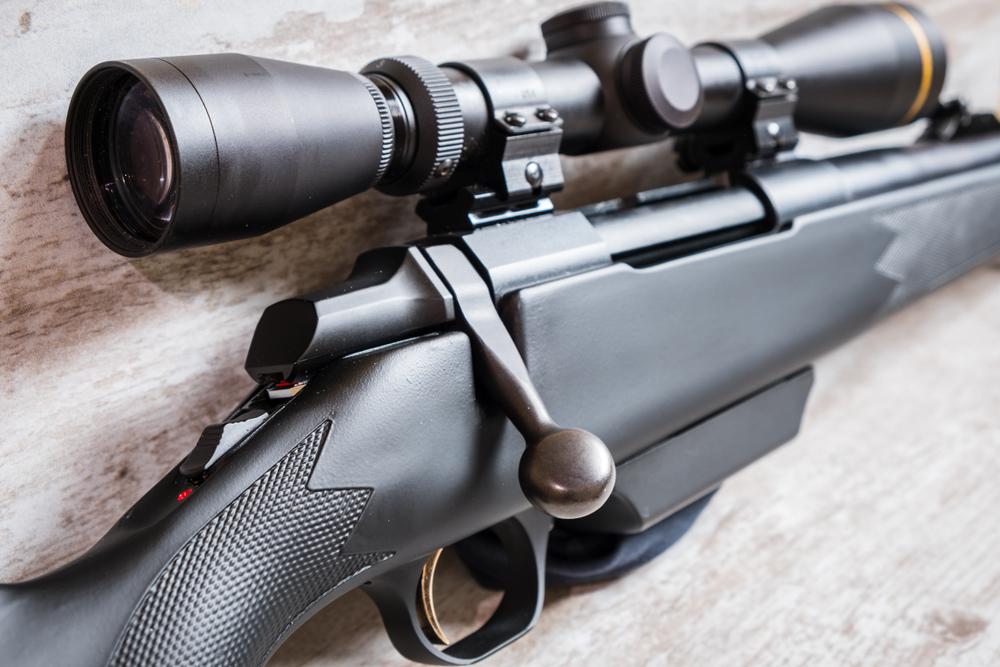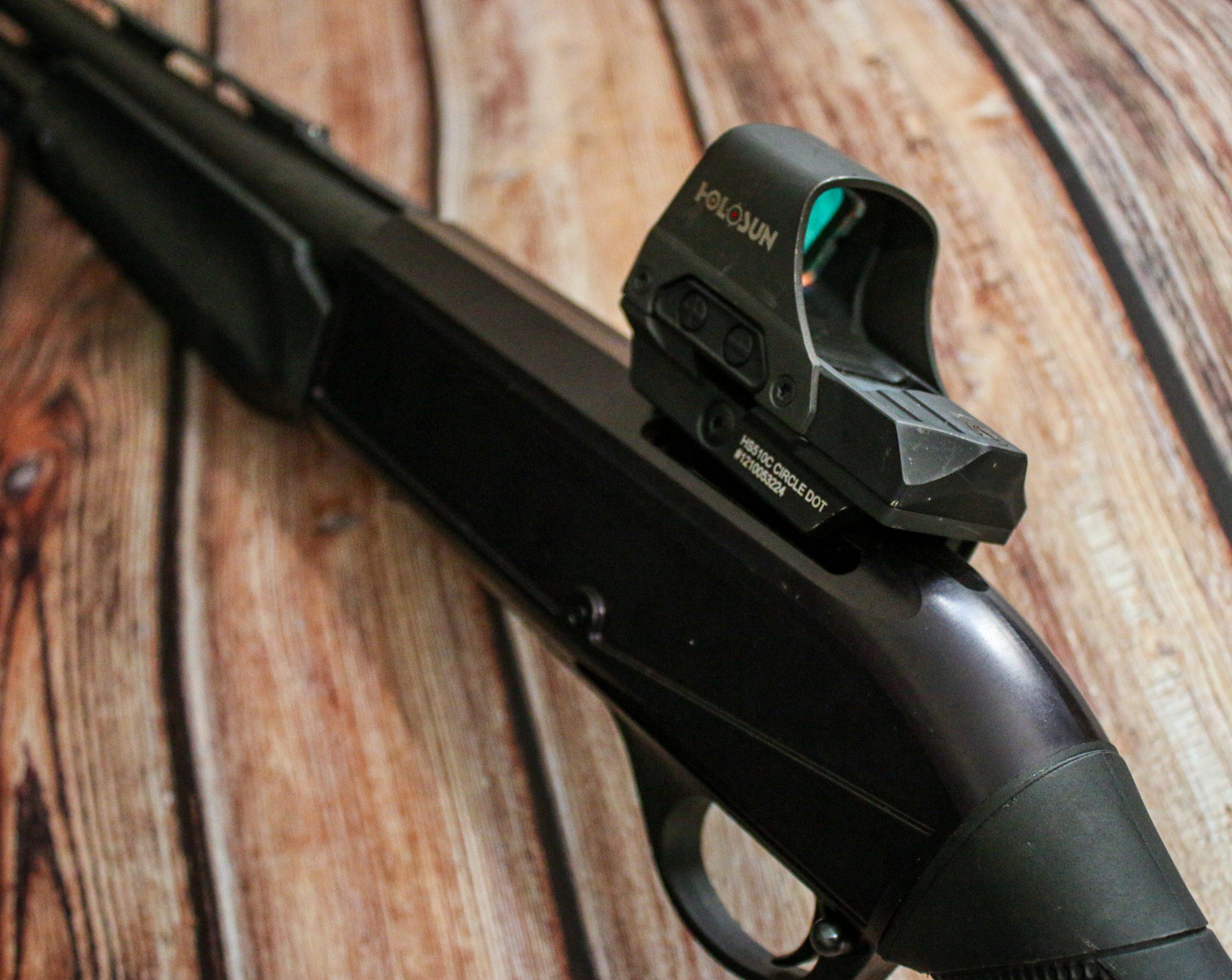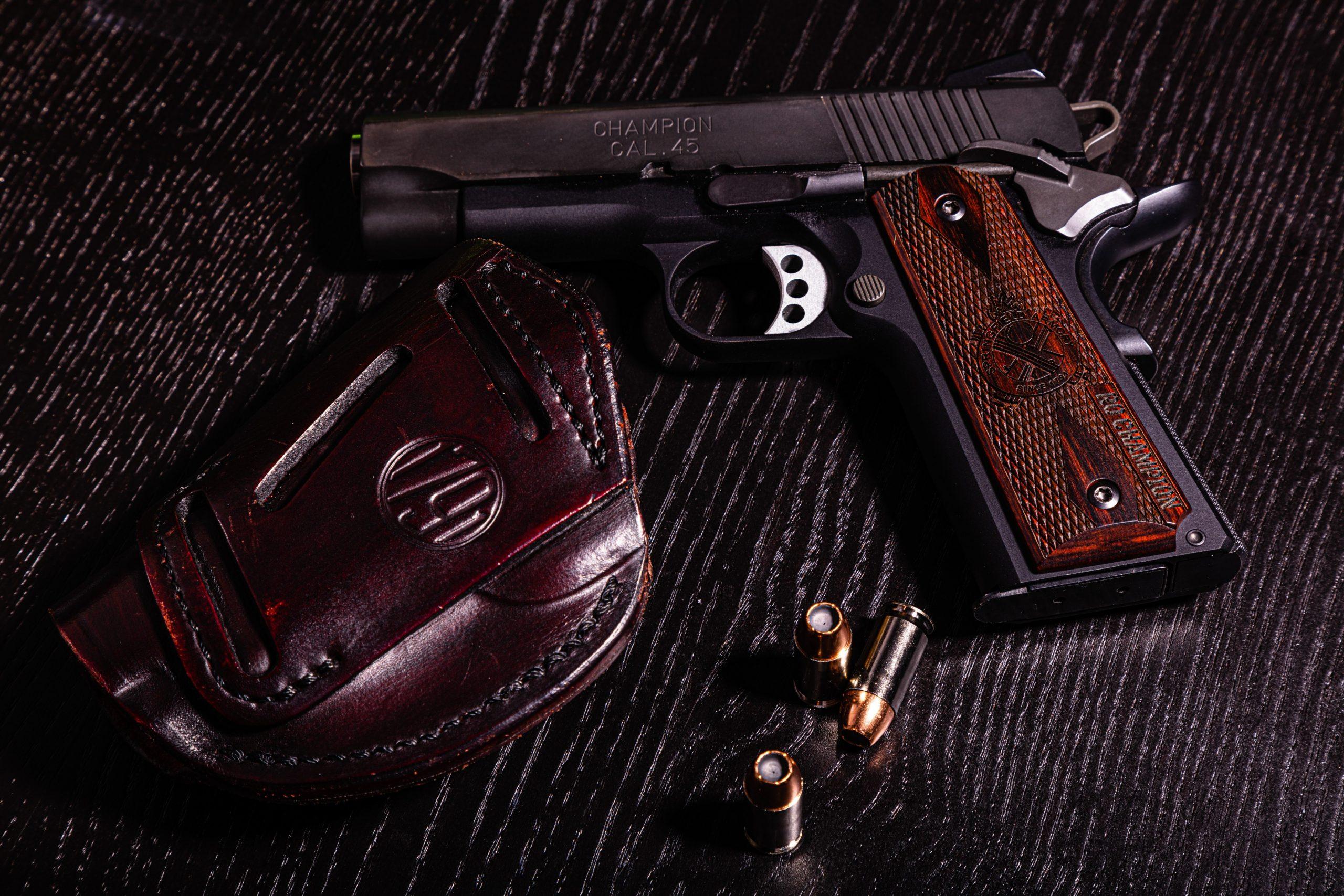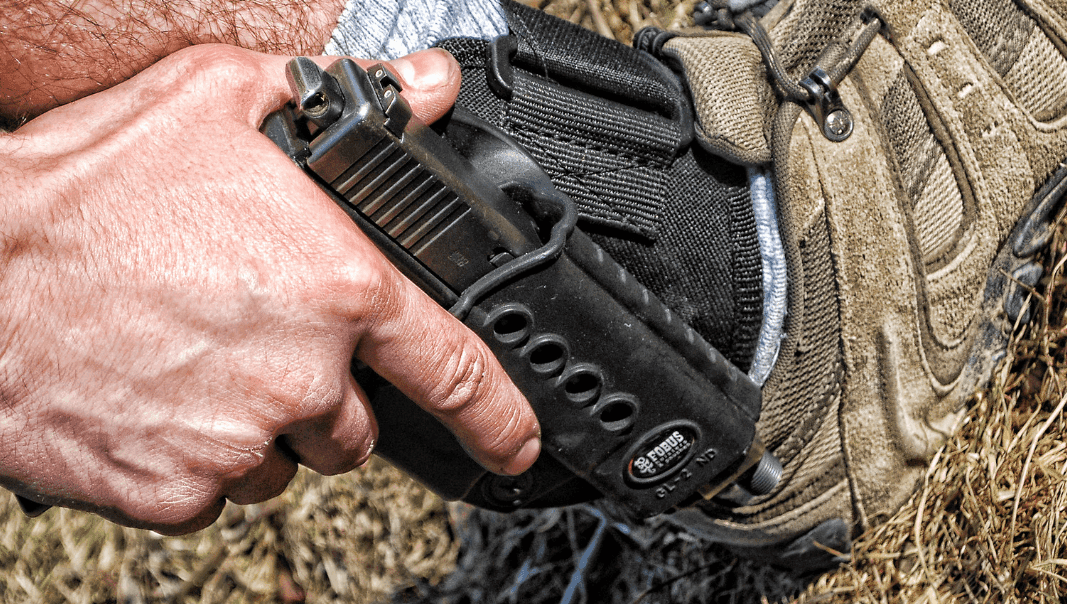9mm vs. .380ACP: A Comparison
Written By
Michael Crites
Licensed Concealed Carry Holder
Reviewed by
Editorial Team
Learn About The Editorial Team
Share:
Products are selected by our editors. We may earn a commission on purchases from a link. How we select gear.
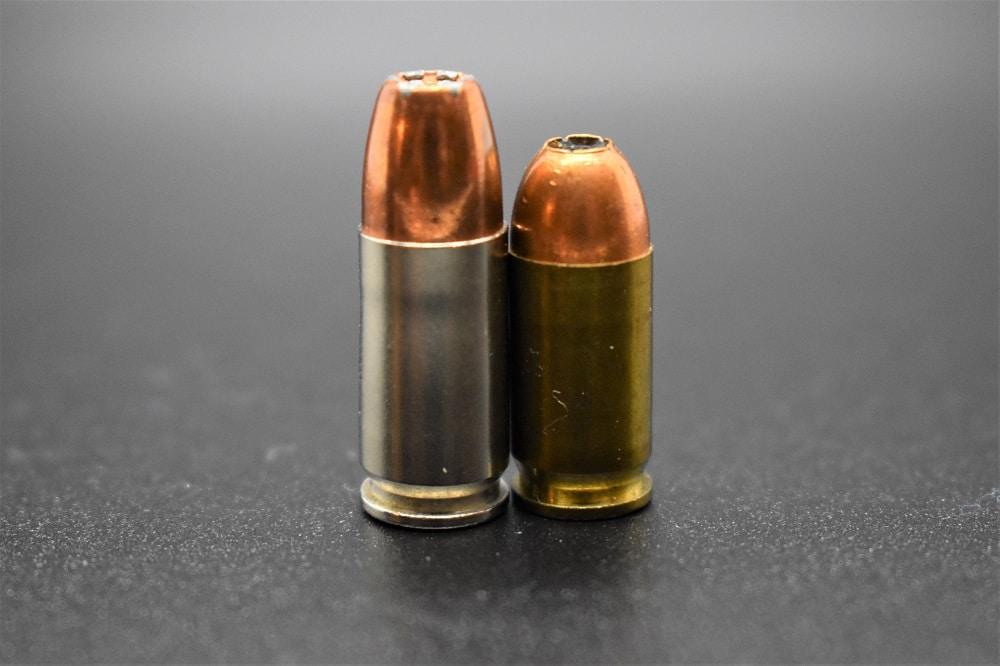
Updated
May 2025
Headstamp-to-Headstamp is our series aimed at helping you grok everything ammo.
One of the more important choices you’ll need to make when it comes to a concealed carry firearm is the caliber of your pistol. 9mm is the standard for service pistols but it certainly isn’t the only round in town.
The .380ACP – often considered “the other 9mm round” – has been common in pocket pistols and small carry guns for nearly a century. It’s also the primary competition to the venerable 9mm when it comes to CCW pistols, so we’ve set out to answer a common question: why choose a .380?
In This Article
About the .380ACP
The .380 was developed as a pistol cartridge by the legendary John Moses Browning as a straight-walled pistol cartridge for semi-automatic pistols – and first used in the Colt M1908.
Coincidentally the M1908 was famous for its concealability and went on to play a significant role in both the U.S. Army and Air Force as well as with gangsters.
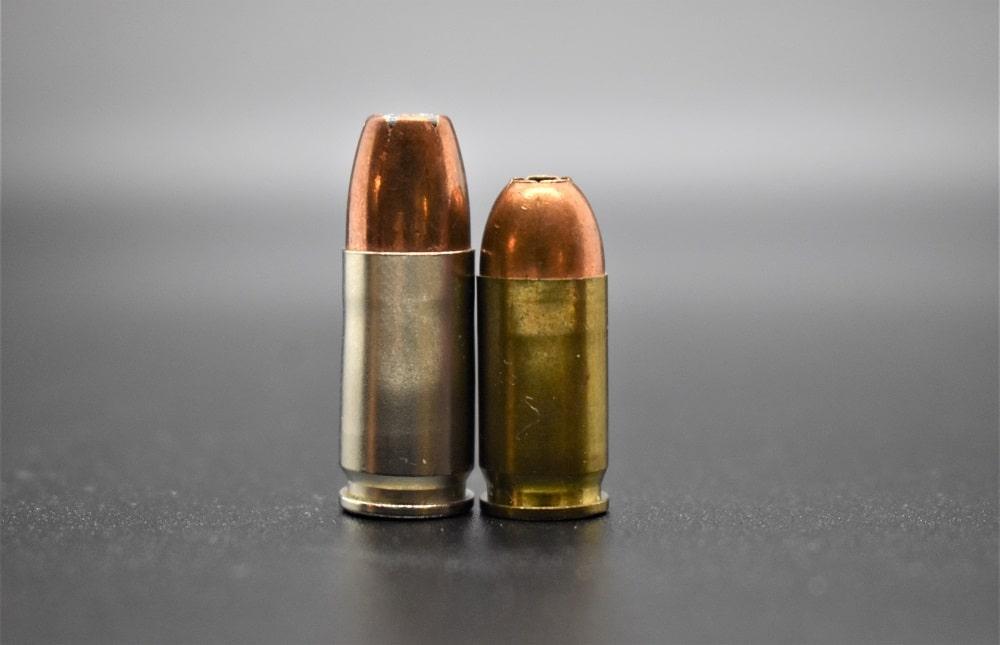
Al Capone carried one in his coat pocket, Bonnie Parker smuggled an M1908 into the jail holding Clive Barrow and used it to break him out, and bank robber John Dillinger was carrying an M1908 when he was shot by FBI agents on July 22, 1934. So much adventure for such a small cartridge!
In that pistol we can see a perfect use case for the .380: concealment. Its small size, short case, and small powder load means the ballistics hold up well even when fired out of a very short barrel. This allows the .380 to excel in some truly tiny form factors the larger 9mm round wouldn’t accommodate.
Terminology is important here. The round we now call “9mm” is also referred to as the “9mm Luger” whereas the .380 has several names, amongst them “9mm Kurtz.” If you remember any of your high school German, you’ll know that Kurtz simply means “short” – which is why you’ll sometimes hear the .380ACP referred to as the “9mm short”.
The simplest way to tell these two rounds apart (aside from checking the headstamps) would be to stand them next to each other: the .380 is the shorter of the two while both rounds share the same 9mm (or .355 in) diameter bullet.
How does the .380 stack up to the 9mm?
Objectively speaking, 9mm rounds are the more powerful of the two, delivering somewhere in the neighborhood of 350-400 ft-lbs of energy, to the 200-220 of the 380.
This is due to the shorter .380 case and lighter bullet weight. Less room for powder means a smaller bang, which means less energy. The .380 bullet maxes out around 115 grains, though the standard has long been between 85 and 95 grains.
9mm bullets, on the other hand, are considerably heavier, with a typical bullet weight in the 115 to 147 grains range, but 165-grain bullets can also be used.

In terms of sheer stopping power, the 9mm (assuming all things equal) will be the more powerful of the two rounds: it holds more kinetic energy and will deliver more punch to the target. In this regard there’s little ambiguity – the 9mm Luger is simply the better defensive round, which is why it’s the standard the world over.
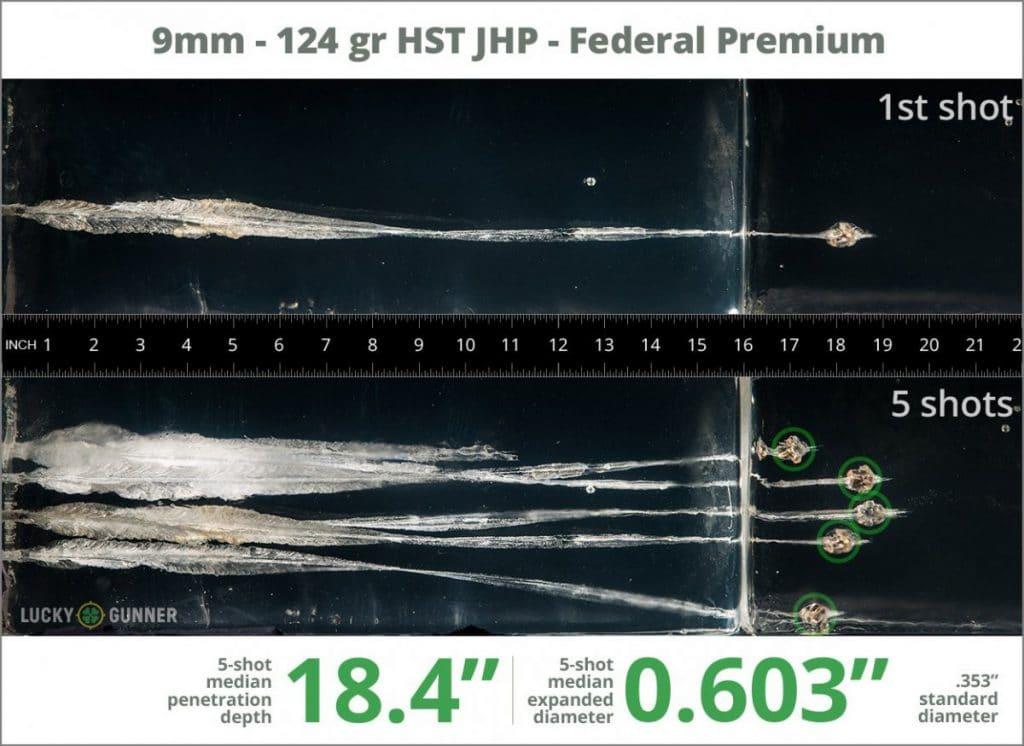
That additional power comes with a few downsides. The 9mm has more energy – which produces more recoil and requires more strength to control.
Additionally, the 9mm cartridge benefits from longer barrels due to the additional powder within the case, so 9mm pistols tend to be larger – whereas the .380 does just fine in smaller form factors. These kinds of considerations make defining the “best” round a little more nuanced than simply looking at raw power output.
Which has more stopping power?
On paper, the 9mm tops the .380 in terms of stopping power when it comes to the energy delivered on target. But we think there’s a little more to the story when defining effective stopping power.
First and foremost, stopping power means the ability to stop a target. This assumes accurate shot placement. The key, then, is to carry a gun that you can shoot well – not the one that delivers the most lethal force per round. Otherwise, we’d all be walking around with a .44 Magnum under our jackets.
While a bit of an exaggeration, the point stands: if you hit your target the difference in energy between 9mm and .380 will matter only marginally to the recipient of those shots. Self-defense oriented hollow point rounds will stop your target just as well in both .380 and 9mm calibers.
Why choose a .380?
We think there are several very good reasons to pick a .380 as your carry gun.
First, the caliber in no way limits your available firearm choices. For example, the Sig Sauer P238 is effectively a mini 1911 and is one of the better firearms on the market today. The SAS model is a very popular concealed carry weapon and has been tested to more than 2,000 rounds with no malfunctions.
If you’re more of a fan of polymer guns, the Glock 42 is a top choice in this caliber. You get the portability of the .380 packed into a truly modern design. We’d also be remiss if we didn’t provide a nod to the Walther PPK/s, James Bond’s classic sidearm.
Second, the .380 is very popular in pocket pistol form factors that are unbeatable for concealed carry. It’s fairly easy to conceal any of the firearms we just listed – regardless of carry style.
Similarly, they’re light enough for handbags or backpacks, should you choose to carry off-body or need a lightweight backpacking pistol.
A third reason is a kind of counter-intuitive one – .380 ammo is usually a little more expensive than 9mm. While that’s usually badgenerally not a good thing, it can work in your favor in the event of an ammo shortage.
The COVID demand surge made 9mm ammunition pure unobtanium, while boxes of .380 could still be found with relative ease.
Lastly, the .380 is simply easy to shoot. The lack of recoil energy, when compared to 9mm cartridges, means it’s controllable even when used in very small firearms. The usability of a pistol designed for self-defense is often the most important consideration.
.380 or 9mm for Concealed Carry?
Both rounds are more than adequate for concealed carry – a Glock 42 in .380 or Glock 43 in 9mm will both deliver rounds on target to good effect in properly trained hands.
The choice, then, is a function of priorities. If sheer stopping power is what you need in a firearm, or you want to ensure the cheapest per-round cost of ownership, the 9mm is generally the way to go. 9mm pistols have more recoil and a larger footprint, but in particularly small guns the .380 can still be a little snappy. Regardless of caliber choice, training is a must.
With that said, .380 firearms are hard to beat when it comes to concealability. These small pocket pistols are the easiest EDC pieces to tote around – and carry comfort truly matters; a great gun left at home will do you no good in a moment of need.
Conclusion
The 9mm and .380 start with bullets of identical diameter, then place those in two different cases. The 9mm is a taller round and offers more power, which leads to higher muzzle velocity and requires a deft hand to control.
The .380 – being a little shorter and lighter – has less energy, but the shorter round means less felt recoil and excellent concealed carry performance. They’re generally considered easier to handle than the bigger 9mm, making them very friendly for new shooters, women, or people with compromised grip strength.
Sources
- Lucky Gunner Labs, .380 Auto (ACP) Ballistic Test Results, October 15, 2015
- Lucky Gunner Labs, 9mm Luger (9×19) Ballistic Test Results, October 15, 2015
- Wikipedia article, .380 ACP
- Wikipedia article, Colt Model 1908 Vest Pocket
- Wikipedia article, 9×19mm Parabellum
- Jeff Johnston, Which is Better For CCW, 9mm or .380?, May 23, 2017
- AmmunitionStore.com, .380 ACP
- Brad Miller, Ph.D., Heavy 9mm Luger Bullets: Everything You Need To Know, August 6, 2018
Sign up for our newsletter
Get discounts from top brands and our latest reviews!









